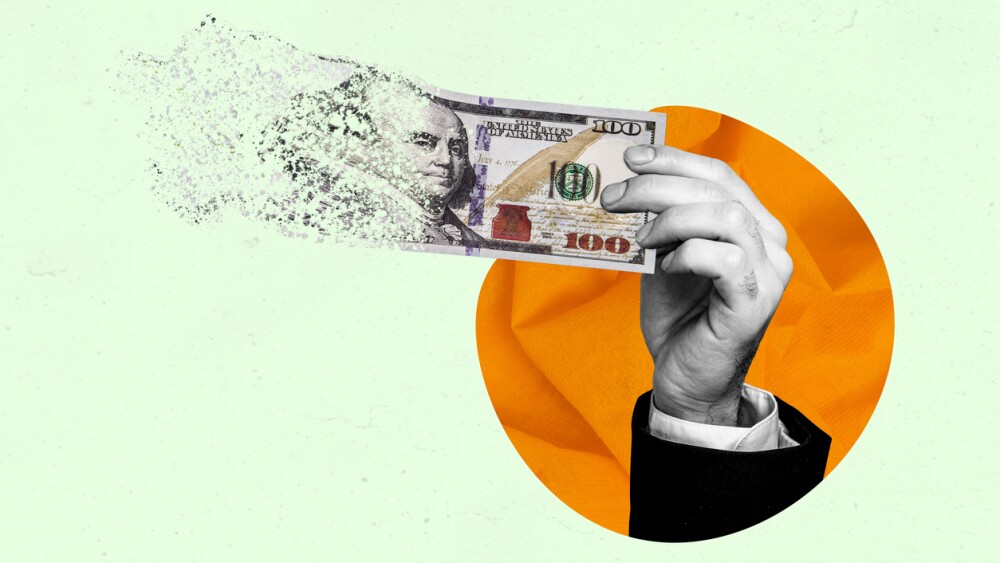The World Health Organization (WHO) gave the coronavirus that began in Wuhan, China, an official name, COVID-19.
The World Health Organization (WHO) gave the coronavirus that began in Wuhan, China, an official name, COVID-19. The most recent figures indicate there are more than 45,000 infections worldwide and it has killed more than 1,100 people.
Although there has been reporting on companies developing a potential vaccine against the virus, particularly by the U.S. National Institutes of Health (NIH), STAT reported that no major biopharma company has indicated it will manufacture a vaccine. Anthony Fauci, director of the National Institute of Allergy and Infectious Diseases, said the reality of the situation was “very difficult and very frustrating.”
Most experts agree that it would take at least three months to develop a vaccine (probably closer to two as of this date) and possibly longer than a year to get it past clinical trials and onto the market.
“Companies that have the skill to be able to do it are not going to just sit around and have a warm facility, ready to go for when you need it,” Fauci said, speaking on a panel at the Aspen Institute and moderated by STAT’s Helen Branswell. He also noted that the one-year timeline requires a large pharmaceutical manufacturer to help make the vaccine.
The NIH vaccine is being developed by biotech company Moderna utilizing mRNA technology. It is funded by the Coalition for Epidemic Preparedness Innovations (CEPI), based in Oslo, Norway. The organization is also funding three other programs to develop a vaccine against COVID-19. None of them have the commercial manufacturing facilities that would be needed for large-scale production of the virus.
Johnson & Johnson’s Janssen announced it would partner with the Biomedical Advanced Research and Development Authority (BARDA), part of the Department of Health and Human Services (HHS) to develop its own COVID-19 vaccine. Rick Bright, director of BARDA, stated that “speed is crucial to saving lives and reducing further spread of the virus. Janssen is a proven partner with a flexible, rapid, vaccine platform.”
Part of the issue here is simply economic. In previous public health crises, biopharma companies have worked to develop vaccines and treatments only to have the end of the outbreak and have spent millions of dollars to develop products with no market.
“When we were doing this with Ebola, it was a major vaccine company that got burned who’s now pulling out of that,” Fauci said, not naming the company. “It is going to be a challenge to be able to get a major company to do that.”
The most recent data suggests the coronavirus outbreak has slowed, although in China, the Lunar New Year holiday just ended, meaning many people will return home and to work, at least in theory. There are literally tens of millions of Chinese under lockdown, confined to work-from-home arrangements. The Yunnan province in southwestern China, launched a WeChat app program dubbed Kang Yiqing (Fighting the Epidemic). This app requires residents to supply their personal data by scanning a QR code whenever they enter a public space. Those public spaces include residential areas, farmers’ markets, shopping centers, supermarkets, restaurants, hospitals, pharmacies, airports, subway stations, bus terminals and other public transportation.
“For those who refuse to cooperate, public venue management has the right to ban them from entering or exiting,” stated the notice from the provincial epidemic control command center. “Those who try to force [their way] into public venues without registration, disturb public order or cause serious consequences will be held accountable according to law.”
Although the total number of patient deaths continues to grow, the number of new infections in China outside the Hubei province has fallen eight days in a row. Epidemiologist Zhong Nanshan predicts the outbreak will peak in China this month and end by April.
Although there is still much unknown about the virus itself, researchers with Imperial College London estimate that about 1% of all people infected will die. In the report, co-author Neil Ferguson said that the data “suggest that the impact of the unfolding epidemic may be comparable to the major influenza pandemics of the twentieth century.” They admit, however, that more information is needed.
The fatality ratio for COVID-19 is lower than Ebola or SARS but appears to be higher than seasonal influenza.
These types of infections often kill children, the elderly and people with compromised immune systems. Surprisingly, out of this group, those least affected are children. They are being infected, including at least two newborns, but the Journal of the American Medical Association (JAMA) wrote a recent article noting that few children are dying from the infection, although they don’t really know why. The median age of patients runs older, between 49 and 56 years.
“We don’t fully understand the phenomenon—it may be because of differences in the immune responses of children compared to adults,” said Andrew Pavia, the chief of the Division of Pediatric Infectious Diseases at the University of Utah. “One hypothesis is that the innate immune response, that is the early response that is aimed broadly at groups of pathogens, tends to be more active” in children.





